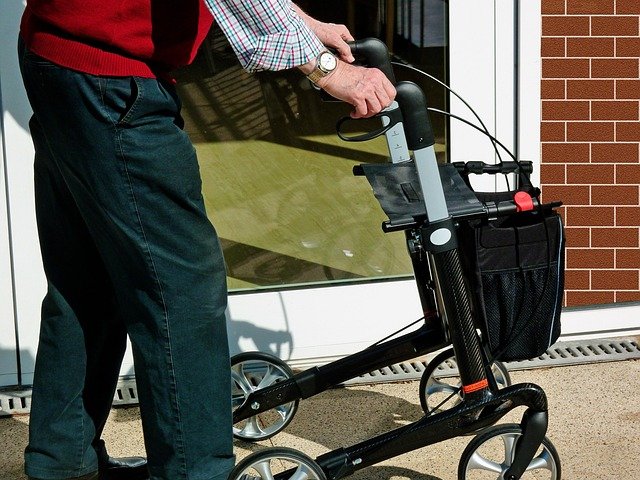Exploring the rise of DTF printers in custom apparel printing
The custom apparel printing industry has witnessed significant technological advancements in recent years, with Direct-to-Film (DTF) printing emerging as a game-changing innovation. This printing method has gained traction among businesses and hobbyists alike, offering new possibilities for creating high-quality, durable designs on a wide range of fabrics. As DTF technology continues to evolve, it's reshaping the landscape of custom apparel production and challenging traditional printing methods.

What is DTF Printing Technology?
DTF printing is a digital textile printing process that involves transferring designs onto a special film before applying them to fabrics. The technology uses specialized printers to deposit ink onto a transparent polyethylene terephthalate (PET) film. Once the design is printed, a powder adhesive is applied to the film, which is then heat-pressed onto the garment. This process allows for vibrant, full-color designs with excellent durability and wash resistance.
How Does DTF Printing Compare to Traditional Methods?
When comparing DTF printing to traditional apparel decoration techniques, several key differences become apparent:
-
Versatility: DTF printing can be applied to a wider range of fabrics, including cotton, polyester, blends, and even challenging materials like nylon and leather.
-
Color vibrancy: The process allows for more vibrant and detailed designs compared to some traditional methods, particularly screen printing for complex, multi-color designs.
-
Durability: DTF prints typically offer excellent wash resistance and longevity, often outlasting direct-to-garment (DTG) prints.
-
Setup time: Unlike screen printing, DTF doesn’t require extensive setup for each design, making it more efficient for small runs and customized orders.
-
Eco-friendliness: DTF printing generally uses less water and produces less waste compared to some traditional methods, although the use of PET film does have environmental considerations.
What Are the Key Applications for DTF Printing?
DTF printing technology has found applications across various sectors of the custom apparel industry:
-
Small-batch production: DTF is ideal for businesses that specialize in small runs or one-off designs, offering cost-effective solutions for limited edition products.
-
Personalized apparel: The technology enables easy customization for individual customers, making it popular for creating unique, personalized garments.
-
Promotional products: DTF printing is well-suited for creating branded merchandise and promotional items due to its versatility and quality output.
-
Sports apparel: The durability and color vibrancy of DTF prints make it an excellent choice for sports jerseys and team uniforms.
-
Fashion and streetwear: DTF’s ability to produce complex, high-quality designs has made it popular in the fashion industry, particularly for graphic tees and limited-edition collections.
What Market Trends Are Driving DTF Printer Adoption?
Several market trends have contributed to the increasing adoption of DTF printers in the custom apparel industry:
-
Growing demand for personalization: Consumers are increasingly seeking unique, customized products, driving demand for flexible printing solutions like DTF.
-
Rise of e-commerce and print-on-demand: Online platforms offering custom apparel have proliferated, creating a need for efficient, high-quality printing methods that can handle diverse orders.
-
Sustainability concerns: As environmental awareness grows, businesses are looking for printing methods that minimize waste and energy consumption.
-
Technological improvements: Ongoing advancements in DTF printer technology, including faster printing speeds and improved ink formulations, have made the process more attractive to businesses.
-
Cost-effectiveness for small runs: The ability to produce high-quality prints without significant setup costs has made DTF printing appealing for businesses of all sizes.
How Do DTF Printers Compare in Cost and Performance?
When considering the adoption of DTF printing technology, businesses must weigh the costs and performance against their specific needs. Here’s a comparison of some popular DTF printer models:
| Printer Model | Print Area | Print Speed | Resolution | Estimated Cost |
|---|---|---|---|---|
| Epson F2100 DTF | 16” x 20” | Up to 15 dark garments/hour | Up to 1440 x 1440 dpi | $17,995 |
| Ricoh Ri 1000 DTF | 13” x 18” | Up to 28 light garments/hour | Up to 1200 x 1200 dpi | $19,995 |
| Brother GTX DTF | 16” x 21” | Up to 30 light garments/hour | Up to 1200 x 1200 dpi | $22,995 |
| DTF Magic 5 | 11.8” x 16.5” | Up to 20 dark garments/hour | Up to 5760 x 1440 dpi | $4,999 |
Prices, rates, or cost estimates mentioned in this article are based on the latest available information but may change over time. Independent research is advised before making financial decisions.
When evaluating DTF printers, businesses should consider factors such as print quality, speed, maintenance requirements, and ongoing costs for inks and films. While initial investment in DTF technology can be significant, many businesses find that the versatility and efficiency of these printers offer long-term value, particularly for those focusing on small-batch production or diverse product offerings.
In conclusion, the rise of DTF printers in custom apparel printing represents a significant shift in the industry. As the technology continues to mature and evolve, it’s likely to play an increasingly important role in meeting the growing demand for high-quality, customized apparel. Businesses considering entering or expanding their presence in the custom printing market would do well to explore the potential of DTF printing as part of their production strategy.




